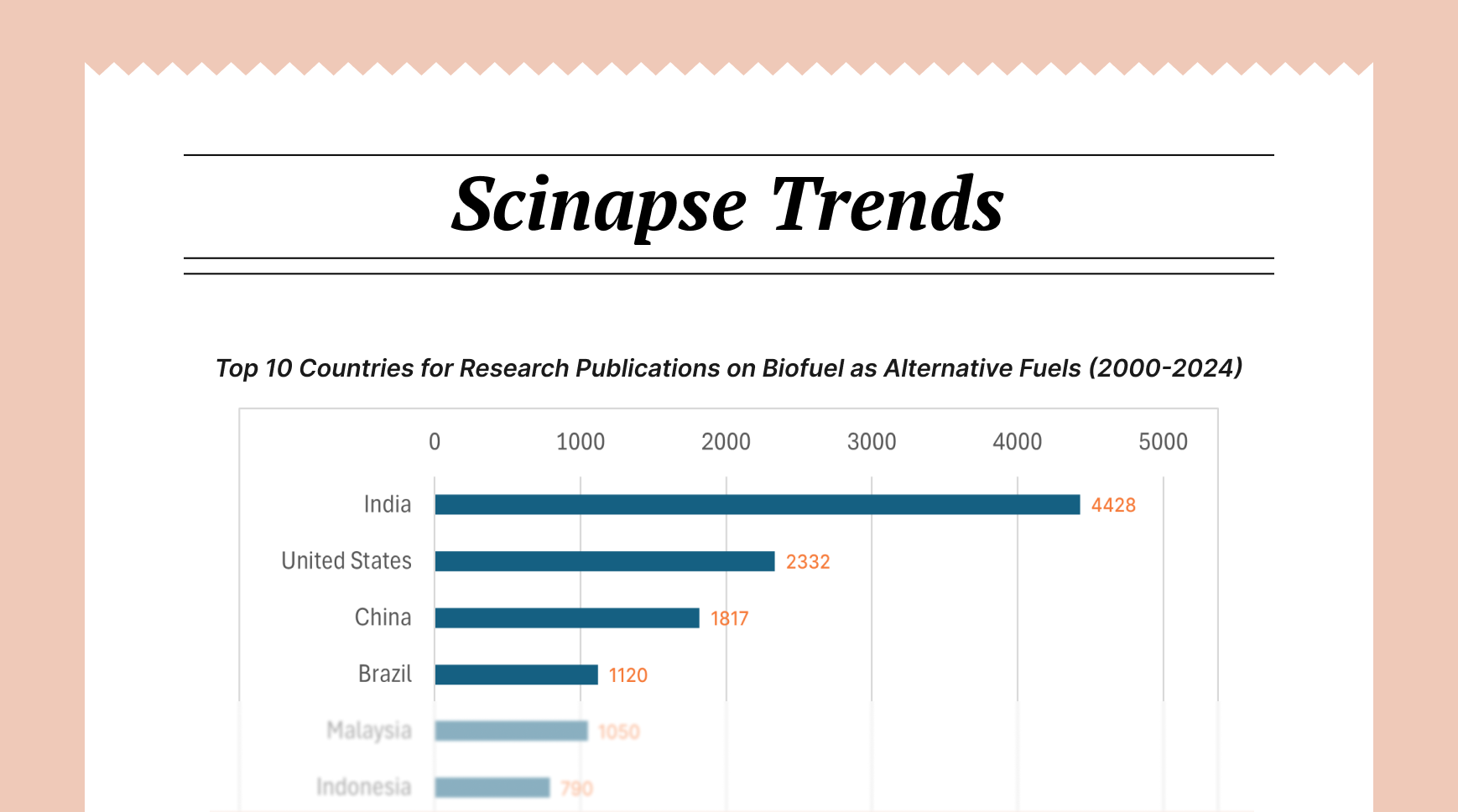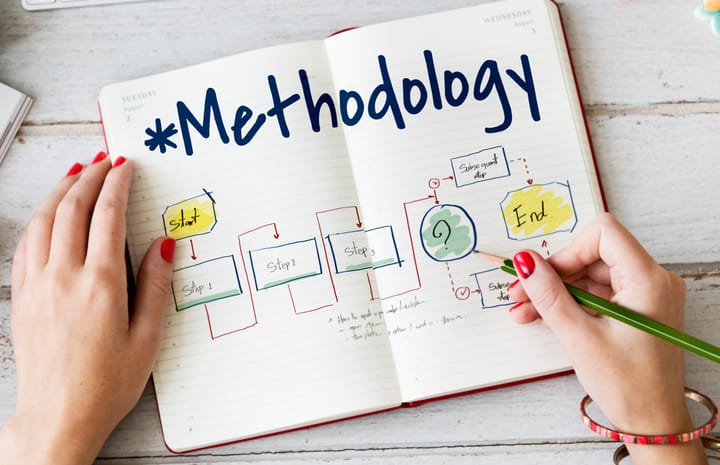Writing Literature Reviews for Different Audiences: Academic, Policy, and Practitioner Perspectives

Literature reviews serve as crucial knowledge synthesis tools that bridge existing research with new questions and applications. However, a one-size-fits-all approach to literature reviews fails to recognize the diverse needs and expectations of different audiences. The same body of research may need vastly different treatment depending on whether your audience consists of academic peers, policymakers, or practitioners implementing knowledge in real-world settings. This article explores how to effectively tailor literature reviews for these three distinct audiences while maintaining scholarly integrity.

Understanding Your Audience
Before diving into specific strategies, it's essential to understand the fundamental characteristics and needs of each audience:
1- Academic Audiences approach literature reviews with expectations of theoretical depth, methodological rigor, and comprehensive analysis. They value nuanced discussions of competing perspectives and theoretical tensions. Their primary concern is advancing knowledge within disciplinary frameworks.
2- Policy Audiences seek literature reviews that inform decision-making and resource allocation. They need articulated evidence that speaks to practical questions about program effectiveness, cost-benefit considerations, and implementation feasibility. Their focus is on actionable insights that can shape policy direction.
3- Practitioner Audiences look for literature reviews that translate research into applicable knowledge for real-world settings. They value practical guidance, clear recommendations, and context-specific insights that help them improve their practice. Their primary interest is in "what works" and under what conditions.
Academic-Focused Literature Reviews
When writing for academic audiences, emphasize these elements:
1- Theoretical Framing and Positioning
Academic literature reviews must situate themselves within relevant theoretical frameworks. This means not only identifying the dominant theories in your field but also analyzing how these theories relate to one another and where tensions or gaps exist. Your review should make clear how your synthesis contributes to theoretical advancement or refinement.
For example, a literature review on educational interventions would need to engage with learning theories, discussing how different interventions reflect behaviorist, cognitivist, or constructivist approaches to understanding learning processes.
2- Methodological Analysis
Academic audiences expect sophisticated analysis of research methodologies. This means evaluating not just what was found, but how it was investigated. Effective academic reviews:
- Compare and contrast methodological approaches across studies
- Identify methodological strengths and limitations
- Discuss how methodological choices influence findings
- Highlight methodological innovations or needs in the field
3- Comprehensive Coverage
While all literature reviews require thoroughness, academic reviews demand exceptional comprehensiveness. This means addressing seminal works, contemporary research, and competing perspectives. The goal is to demonstrate mastery of the field while identifying meaningful patterns, contradictions, or evolution in the literature.
4- Scholarly Language and Structure
Academic reviews typically employ discipline-specific terminology and adhere to formal scholarly structures. They often organize content thematically or methodologically rather than chronologically, with extensive citation networks that demonstrate the relationships between works.
Policy-Focused Literature Reviews
When addressing policy audiences, emphasize these elements:
1- Executive Summaries and Clear Takeaways
Policy makers operate under significant time constraints. Begin with concise executive summaries that highlight key findings and their policy implications. Throughout the review, use clear headings, bullet points, and summative statements to ensure key messages are easily identifiable.
2- Evidence Strength and Consensus
Policy audiences need to understand the reliability of research findings. Be explicit about:
- The strength of evidence supporting different conclusions
- The degree of consensus among researchers
- The consistency of findings across different contexts
- The quality and scale of studies (e.g., randomized controlled trials vs. case studies)
Rather than simply presenting all perspectives as equally valid, help policy makers understand where the weight of evidence lies.
3- Cost-Benefit and Resource Considerations
Policy formation inevitably involves resource allocation decisions. When possible, highlight research that addresses:
- Cost-effectiveness of different approaches
- Resource requirements for implementation
- Return on investment expectations
- Timeframes for expected outcomes
4- Contextual Relevance
Policy makers need to understand how research findings might apply to their specific jurisdictions or populations. Emphasize studies conducted in similar contexts or discuss how contextual factors might affect the applicability of findings to the policymaker's specific situation.
Practitioner-Focused Literature Reviews
When writing for practitioners, prioritize these elements:
1- Practical Applications and Implementation Guidance
Practitioners value clear guidance on how to apply research findings. Effective practitioner-focused reviews:
- Translate theoretical concepts into practical approaches
- Provide specific implementation recommendations
- Discuss necessary adaptations for different settings
- Include examples of successful implementation
2- Accessibility and Readability
While maintaining accuracy, use language that is accessible to practitioners who may not have advanced research training. Define technical terms, minimize jargon, and use concrete examples to illustrate abstract concepts. Consider using visual elements like diagrams, process maps, or decision trees to enhance understanding.
3- Real-World Constraints Recognition
Acknowledge the practical constraints practitioners face. Discuss how research findings might be implemented within typical resource limitations, time constraints, or organizational structures. When possible, highlight research conducted in authentic settings rather than highly controlled environments.
4- Problem-Centered Organization
Rather than organizing by theoretical constructs or methodological approaches, structure practitioner-focused reviews around common problems or challenges. This allows practitioners to easily locate relevant research for the specific issues they face.
Bridging Multiple Audiences
In some cases, you may need to address multiple audiences with a single literature review. Consider these strategies:
1- Layered Approach
Structure your review with different levels of detail. Include an executive summary with key takeaways for policymakers and practitioners, followed by more detailed sections addressing implementation considerations for practitioners and theoretical/methodological discussions for academic audiences.
2- Targeted Appendices
Place detailed methodological analyses, theoretical discussions, or implementation resources in appendices targeted to specific audiences. This allows readers to focus on the sections most relevant to their needs.
3- Visual Differentiation
Use visual cues to help different audiences navigate to relevant content. This might include color-coding sections, using icons to indicate content type, or creating separate "For Practitioners" or "Policy Implications" text boxes throughout the document.
Maintaining Scholarly Integrity Across Audiences
Regardless of your audience, certain scholarly principles must be maintained:
1- Evidence Accuracy
Never misrepresent research findings to make them more appealing or straightforward. When simplifying complex research for non-academic audiences, ensure the essence of the findings remains accurate.
2- Transparent Limitations
Be honest about the limitations of existing research, regardless of audience. Policy makers and practitioners, no less than academics, need to understand where evidence is strong and where it is tentative.
3- Comprehensive Perspective
While you may emphasize different aspects for different audiences, avoid cherry-picking only the research that supports a particular position or approach. Present the full landscape of evidence, even when findings are contradictory or inconclusive.
Effective literature reviews recognize and respond to the distinct needs of different audiences. Whether writing for academic advancement, policy formation, or practice improvement, a well-crafted literature review serves as a crucial mechanism for translating research into meaningful impact across different domains of society.
Author: Uttkarsha B
- AI-Ethicist and STM Research & Publishing Expert
Never re-search again.
Scinapse is made by researchers for researchers.
Join the next generation of research at ⏯️ https://scinapse.io/
Pluto Labs
Pluto Labs helps researchers focus on their research by improving several inefficiencies in the academic research process. We offer data-driven insights from academic papers, allowing users to easily obtain review-level results for their desired range of papers.
https://pluto.im/





Comments ()